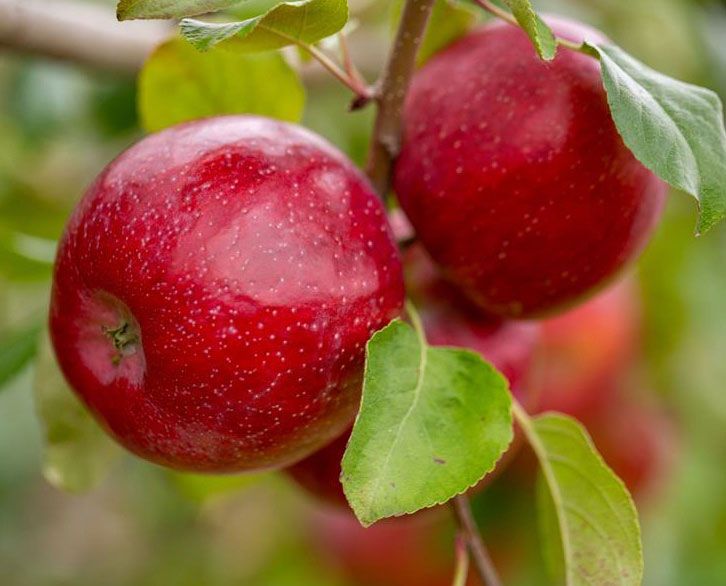Flower Shape Might Be a Big Player When It Comes to Pollinator Health
North Carolina State University researchers have found the shape of flowers has the biggest effect on how parasites are transmitted to bees. The findings could help stakeholders plant flowers that are less likely to spread parasites in pollinator habitats.
The researchers examined the common eastern bumblebee (Bombus impatiens) and a gut parasite called Crithidia bombi to study how floral traits – like the size and shape of flowers or number of flowers – played roles in three steps that lead to parasite transmission to bees on flowers: fecal deposition on flowers, parasite survival on flowers, and acquisition of the parasite by a new bee host. Parasite spread has been implicated as a major driver of bee population decline.
“Of the flower traits we measured, floral shape was the best predictor of parasite transmission to bees,” says Mario Simon Pinilla-Gallego, a former Ph.D. student in the Department of Applied Ecology at NC State and co-corresponding author of a paper describing the research, published in the journal Ecology.
“Wide and short flowers – like black-eyed Susans and coneflowers – reduce the survival of the parasite on flowers, but at the same time they collect more bee feces, and bees are more likely to come in contact with and acquire the parasite on these types of flowers,” adds Rebecca Irwin, professor of applied ecology at NC State and co-corresponding author of the paper.
For more, continue reading at cals.ncsu.edu/news.









